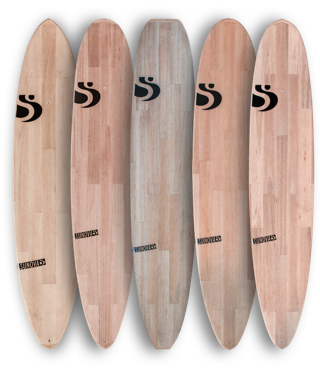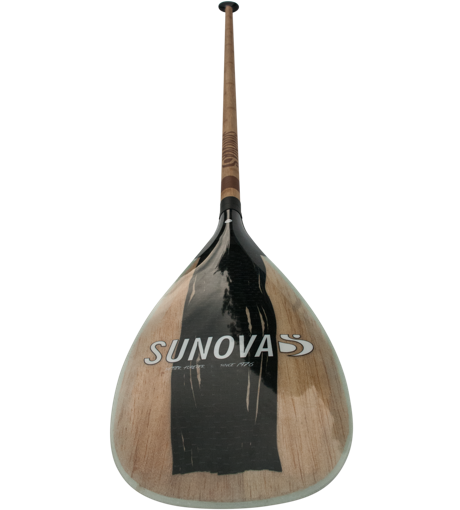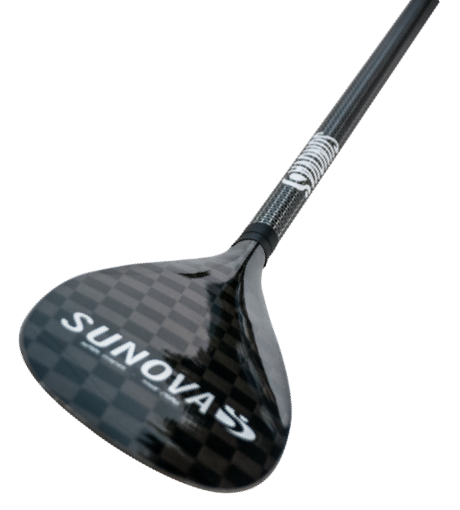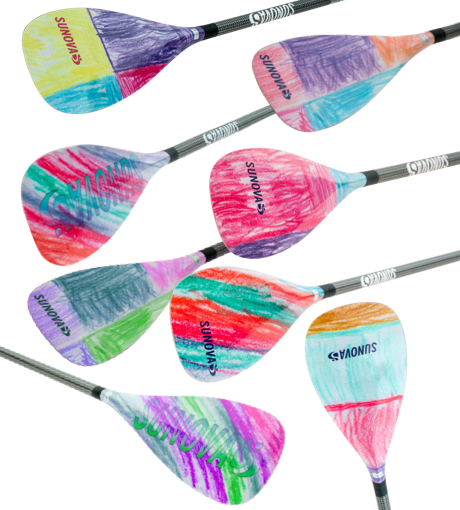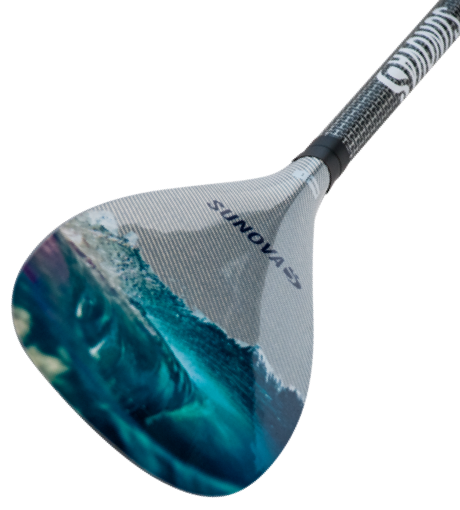Everything in one place
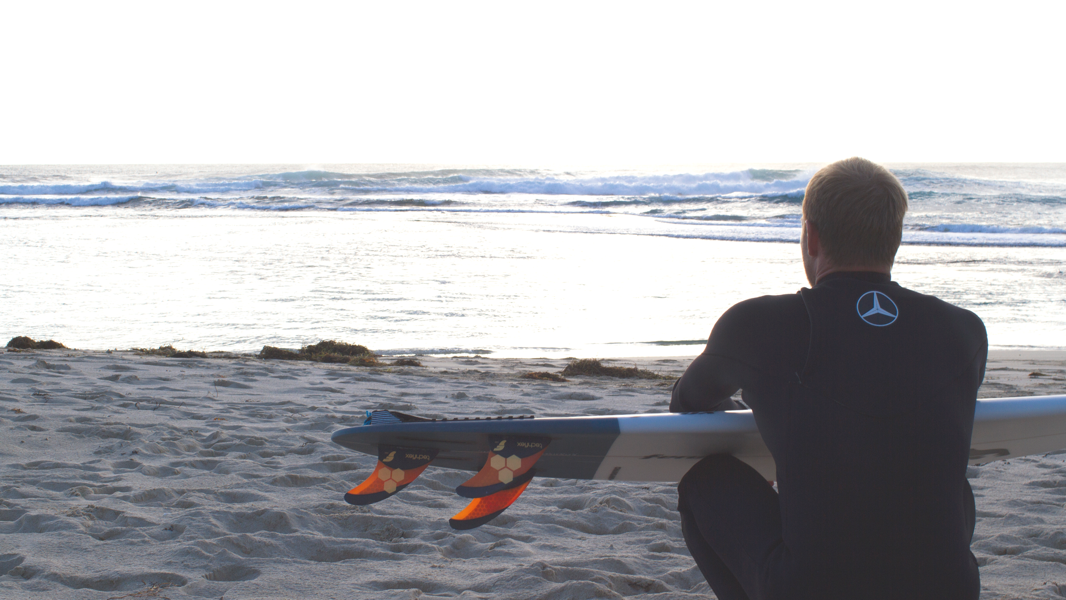
SWELLNET INTERVIEW BY STU NETTLE
Bert Burger on making a statement at big Nazare
Since being put on the big wave map a few years ago, Nazare has quickly become a base for big wave surfers, especially those from Europe. While it may not have the front loaded heft of Jaws or Mavericks, the sheer scale of Nazare sets it apart from every other big wave and creates a challenge of its own: how to make equipment that reaches escape velocity while handling the open ocean chop of big Naz?
Enter Western Australian board builder Bert Burger. As a shaper Bert has a quiver full of accolades: pioneer of parabolic rails, Surfer magazine’s shaper of the year in 2007, and the accepted king of composite board technology. His label, Sunova, is a bastion of progressive tech; a greenfield project in a hidebound industry.
Recently Bert hooked up with Sebastain Steudtner and began making boards for the two-time XXL Big Wave award winner. Their combined mission is to get Sebastian down the largest wave ever ridden. For Sebastian it would be a world record, but for Bert it would be something more profound.
Swellnet: What are you doing in Nazare?
Bert Burger: I’m here working with Sebastian Steudtner, German big wave surfer as most people would know him. We’re working on two areas: dialing in his tow boards and his big wave paddle boards
How did the collaboration with Sebastian come about?
Originally my German business partner in the Board Factory Thailand, Martin Jandke, saw something online about a Go Fund Me project. Sebastian was looking for help to achieve his goal of riding the largest wave ever ridden. We dont have any cash but figured maybe he needs boards. So Martin gave him a call.
Up until that point I hadnt heard of him, but I knew that a few years back a German guy did win a big wave award. I just remember a big stir around Christian Fletcher and some comments at the awards night that hit the media...
Martin spoke with him a few times over the course of a year and things started to line up enough on both sides for us to be able to meet up and discuss some boards. So about a year ago we had multiple in depth Skype discussions about tow boards, different tow locations, variations in each wave location, what he needed, what he was feeling in his current boards. I would chime in with the logical reasons why he was feeling that and what the design options were to solve some current issues.
Finally, late last year I put together a few tow boards and Sebastian tried them at the end of the season. For Nazare, they were pretty much duds. What can happen when working with people for the first time is that if you dont make them a really good board first time they walk away and try something else. But I was able to convince Sebastian that this is part of the normal process of working through variables to isolate what is the best approach.
How did the collaboration with Sebastian come about?
So far, over the course of the last year, I've put together around 25 boards, which is actually quite low, I've seen pro surfers working through 200 boards in a year to nail down the good ones. However, the right conditions for testing in big waves just dont roll around that often.
What materials are the boards made from?
Lightweight EPS [expanded polystyrene foam], fibreglass, balsa wood, and epoxy resin are the main ingredients. At this point I really want to make a statement about tech and alternative surfboard construction materials...it's just fucking better - full stop! Fifteen years ago, JR [Justin Redman], was the only guy along with a Brazilian guy, whose name I totally forget, that were doing well on longboards in alternative construction at international events.
Fast forward to 2014, I'm at the World Longboad Titles in China and half the field was riding some sort of variation of alternative materials: sandwich construction, hybrid EPS/Epoxy/Sandwich, under more than ten different labels. Plus Kelly brought Firewire, which completely validates the tech, and it will eventually go the same way in shortboards. But still I hear from the naysayers, "Yeah, but those materials dont work in big waves." I call total bullshit on those comments.
I've personally surfed enough big waves, and had others win big wave contests at Margaret River and Yallingup, to know, hands down, this tech is capable of performing and winning. But to show that to the world I need someone with the balls and the audience of Sebastian to prove my point.
How much do they weigh?
This is one of those areas that, to date, the status quo says you need heavy boards for big waves. But this isn’t a clear cut argument, so I’ll throw some of my observations at you. With light surfboards you can swing around on a dime, take a few strokes and be instantly able to accelerate to full paddle speed, climb onto the nose and you can still push them over the edge, and once into the wave you have way more ability to correct your line and navigate gnarly sections.
I’ve always said that when it’s windy you’re fighting the wind. If you have a heavy board you’re fighting the wind and the weight of your board. I’ve had heavy boards that slide around and wont stick to the face and I’ve had light boards, really light, that just hug the face and hold any drop or turn at mach speed. What made the difference was not the weight, but the design.
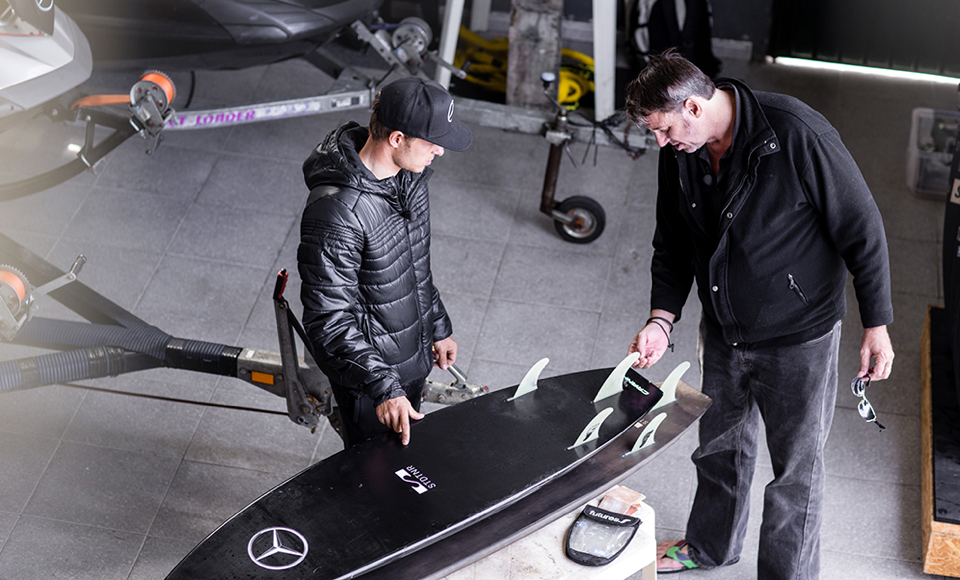
Are you trying to achieve stiffness to cut through the water
or incorporate dampening to soften the impacts?
[Laughs]…maybe the stuff I’ve been saying is getting out there. Just your question alone already offers up an alternative approach. For twenty years I’ve been harping on about the shock absorbing qualities of using light EPS in big wave boards, not building them too heavy or stiff that you actually deal with bumps in a different way.
In the ‚70s we had surf mats, kind of like an inflatable bodyboard with rope handles on the nose. They weren’t capable of dealing with a freefall or square bottom as they would fold up and you came to a violent stop, but in down the line bumpy conditions they were so fast. It didn’t make sense. The bottoms would completely morph to the chop on the wave so the rider and his weight were unaffected by the forces of the bumps and the momentum kept you going in one direction, like good suspension in an off road car
When bumps or heavy chop are transferred through a stiff board to the rider, these are known as vector forces. They’re forces that act in directions other than the desired direction you want to go and they slow you down. But you also have overall stiffness of the board length ways: too floppy and the board bends as it hits giant chop. The rocker changes and you’re pushing water.
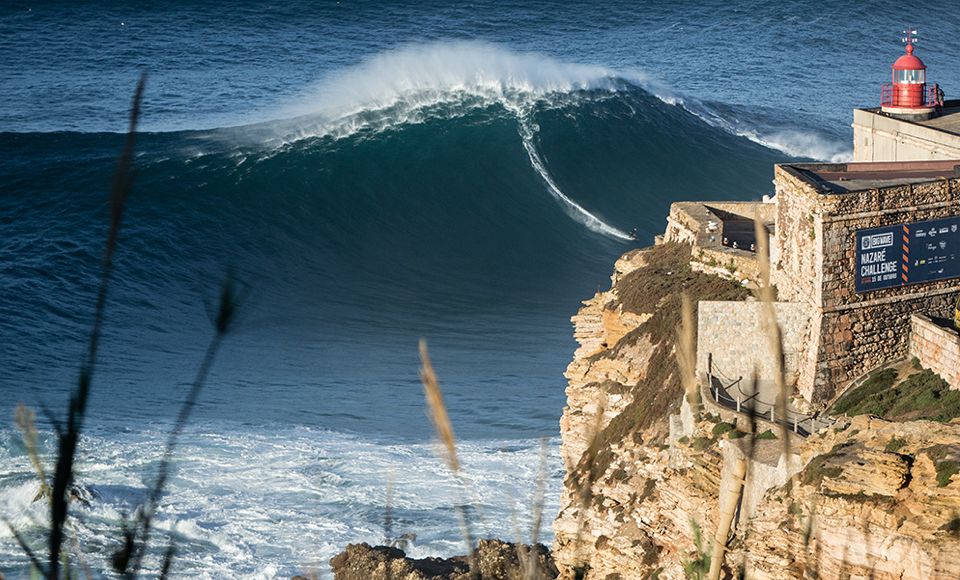
If the stringers are too thin and light, then, PU especially can get an ugly reverberation, or a dulled slow spring back after hitting bumps. If the board can’t instantly pop back to shape before hitting the next bump then you’re on a rollercoaster ride.
So you really want the structure of the board, its flex length wise, to be almost stiff, but with the ability to bend if needed and rapidly return to shape after hitting giant chops. Then the bottom to be soft to absorb smaller chops.
Current PU construction just doesnt allow for all those features to be built into one board. It’s either heavy, stiff, and transfers the bumps, or it’s lighter, flexy to the point of reverberation, changing rocker losing speed and it still feels the bumps. So what we really have is a complete mindset about big wave boards needing to be heavy, that’s evolved around the materials that make up the status quo construction. Namely PU foam and polyester resin.
I’ve built both PU guns and EPS sandwich guns. I learnt to shape in both mediums, so there was always shapes that worked better in each. PU needs to be heavy because it flexes differently, has a slower rebound/flex return, you need heavier stringers to get the extra glass and resin to springback quick enough. It cant absorb chop so you need enough weight to make it plow through chop.
Light EPS with a balsa sandwich and you have the same stiffness with a faster springback at a lower weight, plus the ability to absorb and morph to chops so you dont need as much weight. If you did throw weight onto this board it’s still smoother to ride than its PU counterpart even if the weight was identical.
So your questions about weight, stiffness, and shock absorption are all related and interwoven…
What was it like watching Monday's session in person?
When I saw the photos and videos later, it really does look bigger in person. The crowds that came were huge, and this wasn't for an event. The word gets out it's gonna be on and people just come. The whole crowd just lights up when someone charges a big one or wipes out heavily.
I sat and watched for seven hours from about 8am until 3pm. Knowing how different big waves can be it was really important to get an idea of what Nazare is like as a big wave and also the range of waves it can throw at you. Then to see the paddle in guys, their various approaches both successful and unsuccessful, check out what they're riding, talk with them. Its all really important to take in so you can consider it all for the next round of designs.
I came away from that day with two basic themes or designs that would tackle that wave and what it demands of you, each one needing a different plan as to deal with the types of waves to paddle into and where to sit in the line up.
All up, since I've been here I've really enjoyed rubbing shoulders with these guys. It's kind of motivating. While I never see myself doing what these guys are doing in giant surf, it makes me want to get back out there on the smaller big days. Ten years without solid waves and a few beers each day catches up with you, but being in the company of the surfers here makes me want to be a solid waterman again.










